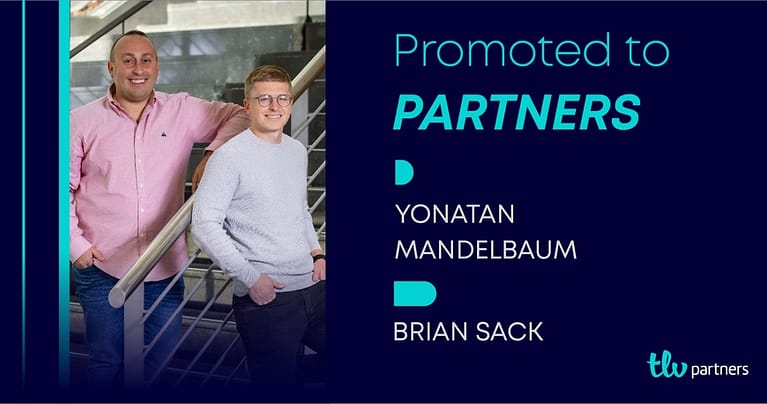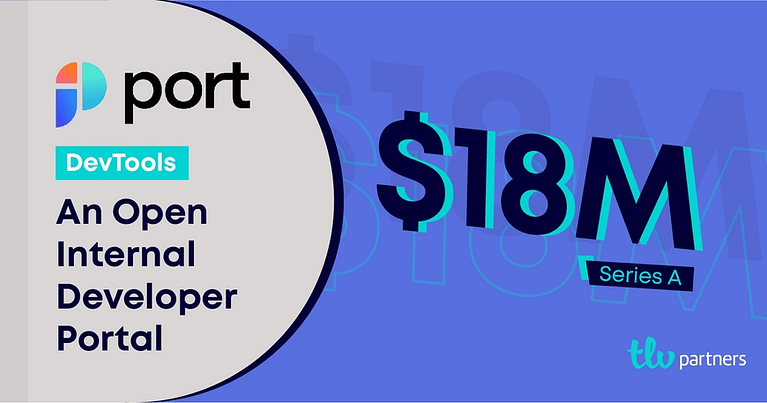Some Quick History
Lending is one of the oldest financial mechanisms known to humankind. People always have, and always will, want access to capital that they currently don’t have, and people always have and will be willing to provide that capital in return for the upside that goes along with it.
Understanding whether or not a potential borrower is credit worthy or not is the enabler of this tried and true mechanism as it enables capital allocators to be confident enough that they will get their principal back.
While the fintech revolution may have begun with payments, a slew of tech enabled credit based offerings have proliferated the marketplace, from traditional lending, to cash advances, net terms, factoring, BNPL, working capital, inventory financing and more.
The simplest of these offerings require companies to build dedicated credit and risk teams to review each application, build out a model and monitor the full lifecycle of the loan until repayment. The most complex of these offerings require a lending license from a bank in addition to robust in house credit and risk teams, a data science team, data acquisition team and constant upkeep.
Put simply – it’s really, really, difficult to build credit products unless it’s your core offering.
A New Dawn for Credit
The last decade though, has seen the convergence of two parallel trends that has given rise to a significant market opportunity.
Firstly, there has been a Cambrian explosion of the availability of data upon which to assess the credit worthiness of an individual or business. Plaid enables companies to access customer banking information, Shopify and Stripe provide access to a commerce data, Xero and Quickbooks make companies’ accounting information easily accessible and Argyle and Finch provide access to payroll and HR data (not to mention your friendly neighborhood credit bureaus [Equifax, Experian, TransUnion, etc…]).
Additionally, every company generates unique first party data that enables them to know their customers’ characteristics and needs better than any traditional bank or lender ever could.
Secondly, the AWS’ification of the world has finally made its way to financial services. There are a whole host of technology abstractions that are available today that simply weren’t available 5-10 years ago, that make launching financial products accessible for even non-fintech companies.
This new age of fintech, often referred to as embedded finance, claims that “every company will be a fintech company”. And for good reason: companies of all shapes and sizes realize that offering their customers financial services can increase customer satisfaction and loyalty, as well as revenue.
The Noble Story
Massive businesses have been built at the intersection of the above two trends. Stripe enables any company to be a process payments and Unit enables any company to provide banking products for their customers.
But the market is waiting for a company to enable any company to easily build and launch credit products.
This is the thesis behind Noble.
Whether a fintech company looking to add credit on top of payments, a vertical SaaS company looking to create a specialized credit offering for their customer base or a marketplace offering buyers net terms, teams can use Noble’s no-code credit decisioning engine to quickly incorporate a credit offering into their product.
Noble’s founders, Tomer Biger (CEO) and Moran Mishan (CTO) are uniquely suited to tackle this problem based on their experience helping both non fintech and fintech companies launch credit products.
So today, we’re happy to announce that we led Noble’s seed round in 2021, and doubled down on our investment alongside our friends at Insight for their A round.





